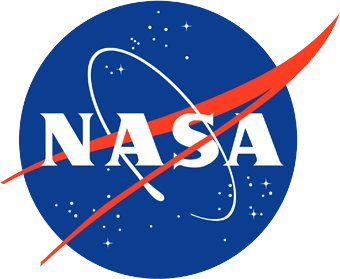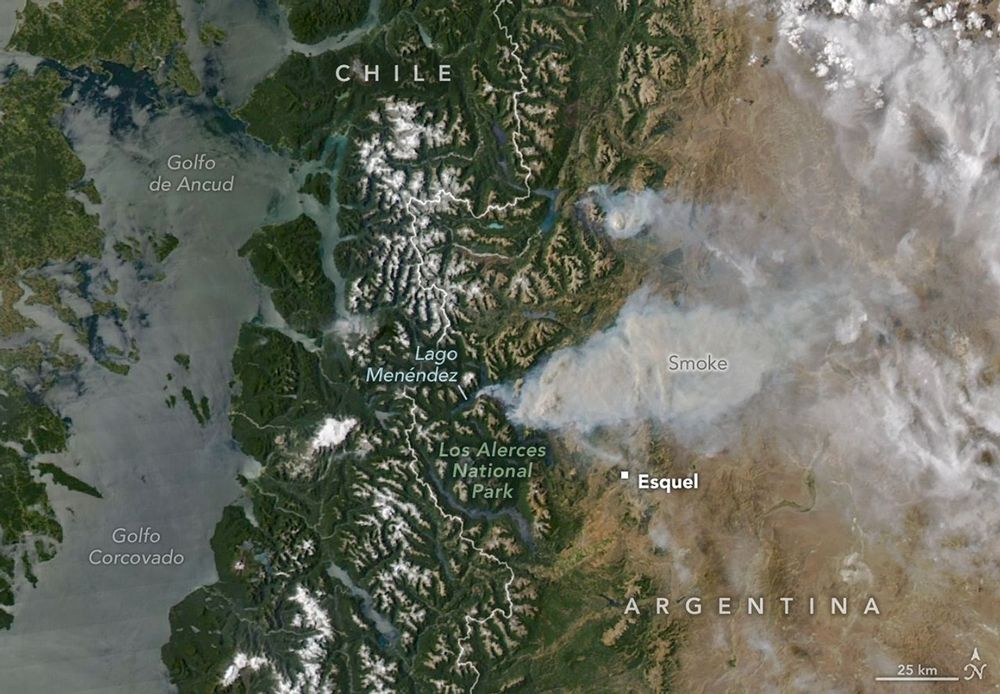
Discover how we're driving the Nation's scientific progress through world-class research across Earth and Space sciences at Goddard’s Sciences and Exploration Directorate.
Earth Sciences
The Earth Sciences Division is the nation's technical innovator and essential data provider to support national infrastructure, scientific leadership, and economic resilience.
Go to Division
Astrophysics
The Astrophysics Science Division leads America's quest to answer our most profound scientific questions, developing technologies with transformative applications in medicine, national security, and intelligence.
Go to Division
Heliophysics
The Heliophysics Science Division advances understanding of the Sun and its interactions with Earth and the solar system, providing the foundational science that drives space weather research and solutions in collaboration with government, industry, and academia.
Go to Division
Planetary Sciences
The Solar System Exploration Division powers space missions and leads human space exploration to the Moon and Mars through revolutionary research that charts the frontiers of our solar system and deepens our understanding of planetary system formation and evolution.
Go to Division
A Solar Eruption from SDO
What just leapt from the Sun? A towering structure of solar plasma suddenly rose from the Sun's surface and unfurled into space -- a structure so large that many Earths would easily fit within it-- marking the onset of a dramatic Coronal Mass Ejection (CME). The event was captured in striking detail in late 2024 by NASA's Solar Dynamics Observatory (SDO), whose continuous monitoring improves space weather forecasts and helps humanity better understand how solar activity affects satellites, GPS, radio communications, and power grids on Earth. The featured video blends three extreme-ultraviolet views from SDO’s Atmospheric Imaging Assembly (AIA), revealing how plasma at different temperatures surged upward as the eruption unfolded. Here, red highlights cooler, denser material lifted from the Sun’s lower atmosphere, while yellow traces hotter, million-degree coronal loops stretching outward as magnetic fields open. After the main outburst, the Sun’s magnetic fields quickly reorganize.



